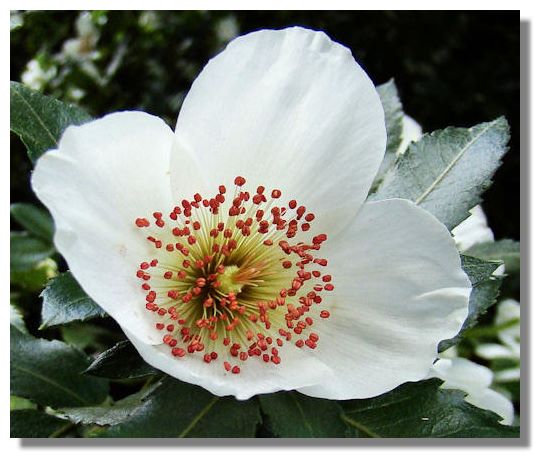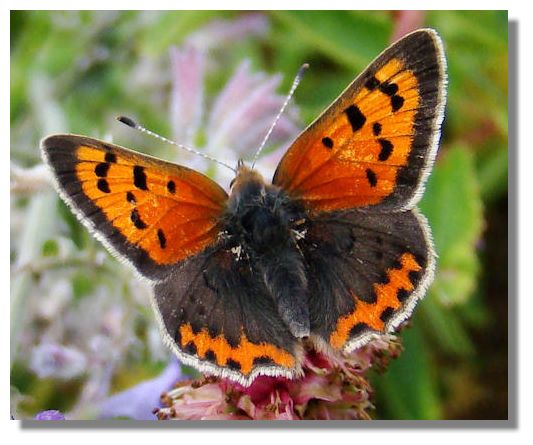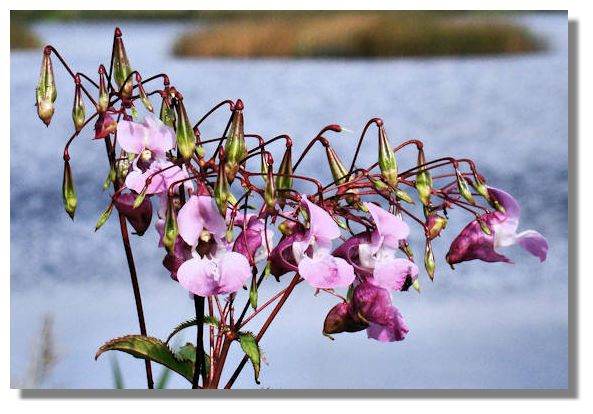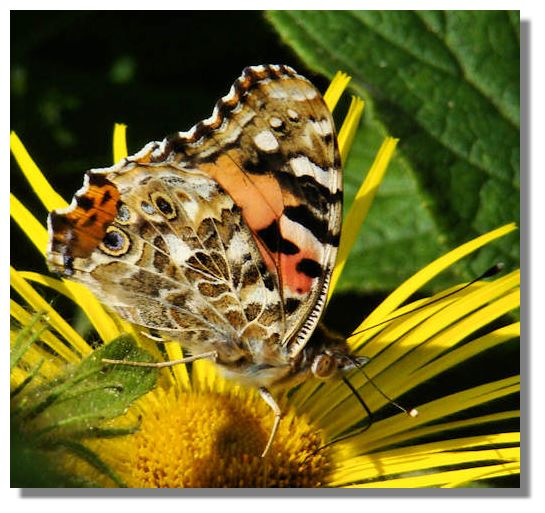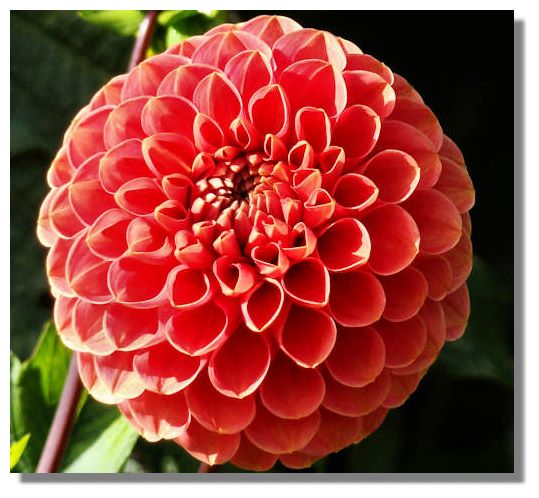The Rampant Scotland Newsletter includes a number of photographs which illustrate the weather and the seasons, plus the flora and fauna of the current week around Scotland. This separate "colour supplement" displays some more pictures, in a larger format. Here is this week's crop of Scottish views!
Eucryphia is one of those trees which is rarely seen in smaller gardens but can create a huge impact in large ornamental open spaces. Mature specimens can grow to over 25 feet tall and in the late summer are covered in a mass of brilliant white flowers, each measuring about 2.5 inches (6cm) across. Unfortunately, it takes up to 10-15 years before the trees produce flowers in any number and the blossom doesn't last long so you have to catch them at just the right time. The garden at Finlaystone Country Estate in Renfrewshire has a number of these magnificent trees.
After one of the poorest summers for many years for butterflies, the commoner species such as Red Admirals and Peacocks are at last appearing in reasonable numbers. But the rarer varieties and those which have been declining in numbers in recent years have continued to be hard to find. This was the first "Small Copper" I had seen this year. It was spotted in the demonstration garden at Ardardan Estate in Argyll. Like buses that turn up in pairs after a long wait, however, I was lucky enough to see a second Small Copper in another garden a few days later!
Himalayan Balsam (Impatiens glandulifera) grows to over six feet high and its aggressive, invasive growth in some areas can result in native species being overwhelmed. It is successful by a combination of being attractive to pollinating insects and seed pods which "explode" with a loud pop, spreading its seeds over a wide area. Some local wildlife trusts organise "balsam bashing" events to help control the plant. On the other hand, it is an attractive-looking flower and provides bees and other insects with a plentiful supply of nectar.This year, as part of its 40th birthday celebrations, the Butterfly Conservation Society asked members of the public to report any sightings of two summer visitors - the Painted Lady butterfly and the day-flying Hummingbird Hawk moth. In good years, the clouds of Painted Ladies (originating in North Africa, the Middle East, and central Asia) can be seen by pilots of aircraft crossing the English Channel. But not this year, particularly in Scotland. A few were reported back in April and some - such as this one at Culzean Castle Country Park in Ayrshire, have been reported in August. And even fewer Hummingbird Hawk moths have been reported from Scotland.
Unlike some butterflies (such as the Peacock and Comma with very dark undersides) the Painted Lady is beautifully "painted" on both sides of its wings. This particular example had a bite taken out of part of its wing - which allows the colour from part of the top of the wing to be seen in this photo.
Gardening books describe August as an "Autumn month" and colourful plants like Chrysanthemums are certainly typical of this season of the year. They come in all shapes and sizes and colours - these ones in the garden at Geilston House in Argyll are not the impressive saucer-size that win prizes but they make up for that in producing lots and lots of individual gems. This variety goes by the name of "Wendy Bronze".
Dahlias are also very much associated with the later part of summer and autumn. This decorative dahlia, with its regularly-spaced double petals was one of many growing in the walled garden of Culzean Castle Country Park. The gardeners there always put on a magnificent display!If you want to look back at earlier editions of this Colour Supplement, there is an Index Page
